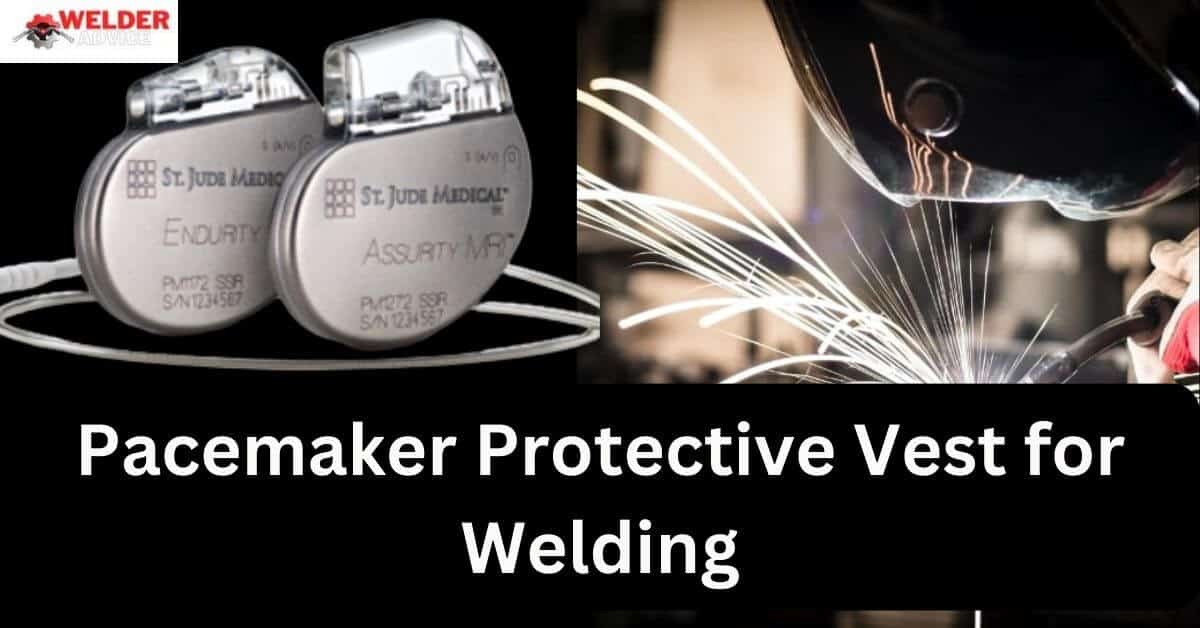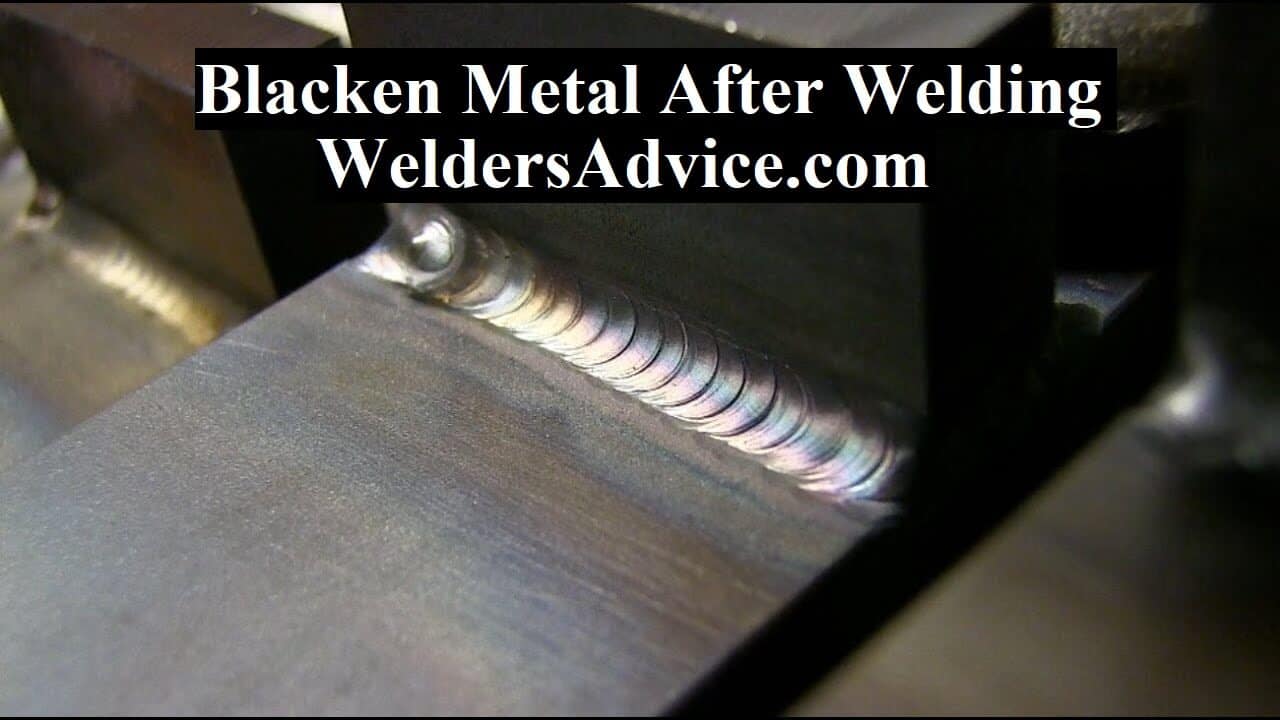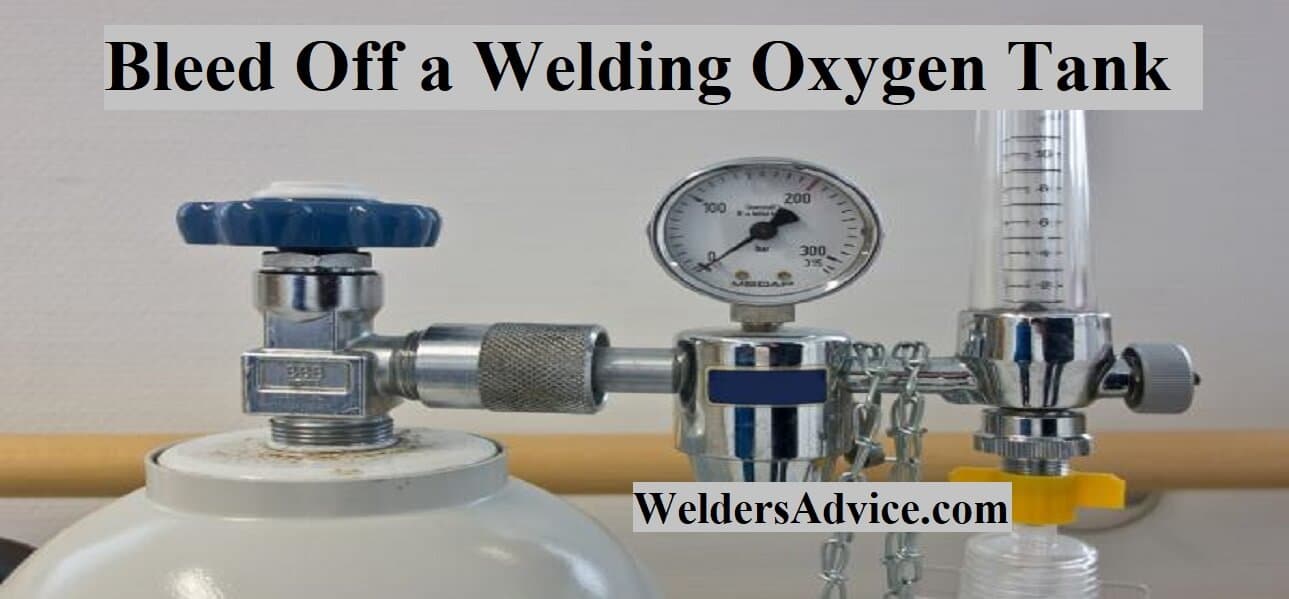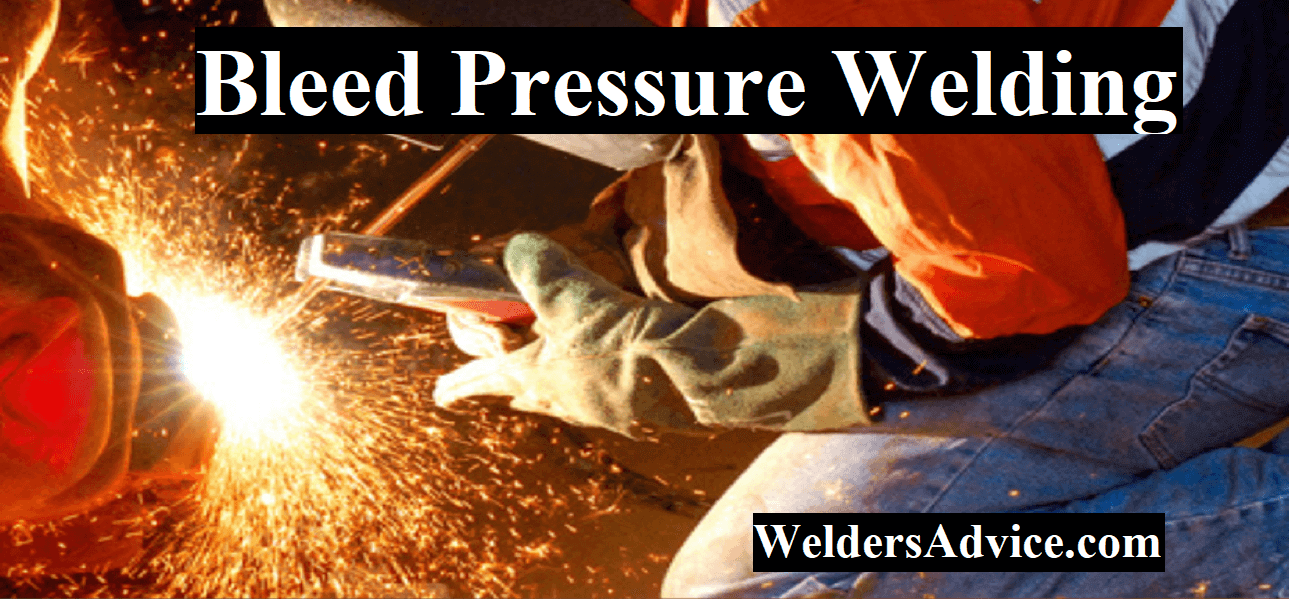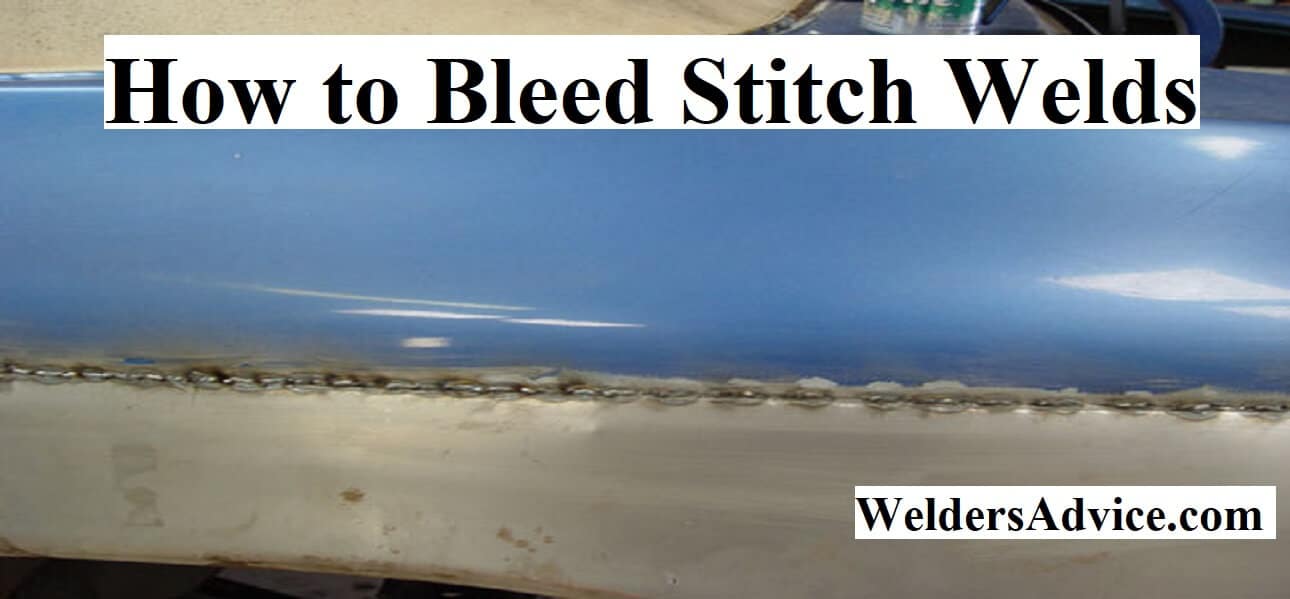A pacemaker protective vest for welding is designed to protect welders with pacemakers by reducing the amount of electromagnetic radiation exposure during welding. Welding can be a hazardous occupation and welders with pacemakers need to take extra precautions to avoid the risk of electromagnetic interference.
This is where a pacemaker protective vest for welding comes in, providing an extra layer of protection to those who require it. These vests are made from materials that help to reduce electromagnetic radiation exposure, shielding the wearer’s pacemaker from any potential interference.
In this article, we’ll take a closer look at the features of a pacemaker protective vest for welding and why they are necessary for welders with pacemakers. We’ll also explore the various options available on the market and what you should consider when choosing the right vest for your needs.
- What Are Pacemaker Protective Vests?
- Pacemaker Protective Vests And How They Work
- Pacemaker Protective Vests With Traditional Safety Equipment
- Choosing The Right Pacemaker Protective Vest
- Different Types Of Pacemaker Protective Vests Available
- Factors To Consider When Choosing The Right Pacemaker Protective Vest
- Importance Of Ensuring The Vest Meets Industry Safety Standards
- Benefits Of Wearing A Pacemaker Protective Vest
- Explanation Of The Benefits That Pacemaker Protective Vests Provide For Those With Pacemaker Devices
- Importance Of Wearing Protective Vests For Long-Term Heart Health
- How To Care For Your Pacemaker Protective Vest
- Tips On How To Properly Store, Clean, And Repair The Vest
- Importance Of Regular Inspection And Replacement Of The Vest
- Frequently Asked Questions For Pacemaker Protective Vest For Welding
- Final Thoughts
What Are Pacemaker Protective Vests?
A pacemaker is a small device used to regulate the heartbeat. It consists of a battery, a computer chip, and wires that attach to the heart. People who have pacemakers rely on these devices to keep their hearts beating regularly.
However, welding may interfere with pacemakers and cause malfunctions. Electric arc welding generates electromagnetic fields, which could cause interference with pacemakers and other electronic medical devices. Welders who have pacemakers need protection from electromagnetic fields to avoid serious health risks.
Pacemaker Protective Vests And How They Work
Pacemaker protective vests are specialized garments designed to protect welders who have pacemakers from the electromagnetic fields generated by welding. These vests have embedded materials that block electromagnetic fields and deflect heat. The vests provide a shield protecting the pacemaker and wires from the welding arc’s electromagnetic radiation.
The vests are usually made of a combination of materials like copper, nickel, and polyester that can block or absorb radiation. Some vests may also have additional features like ventilation, pockets, and adjustable straps.
Pacemaker Protective Vests With Traditional Safety Equipment
When it comes to protecting welders who have pacemakers from electromagnetic fields, traditional safety equipment like leather aprons, face shields, and goggles may not be enough. Unlike traditional gear, pacemaker protective vests are specifically designed for welders with pacemakers and provide additional protection from electromagnetic radiation.
- Traditional gear may not cover the pacemaker entirely, while pacemaker protective vests offer full coverage to protect pacemakers and other electronic devices.
- Pacemaker protective vests have embedded materials that block electromagnetic fields and deflect heat, while traditional gear doesn’t provide this protection.
- Traditional gear may be too cumbersome and difficult to wear with a pacemaker, while pacemaker protective vests are lightweight and easy to wear.
Pacemaker protective vests are essential for welders who have pacemakers. They are designed to protect welders from harmful electromagnetic radiation, and they offer more complete coverage than traditional safety equipment. These vests provide peace of mind for welders who want to continue working in their trade while keeping their hearts healthy and safe.
Also Read: Best Welding Gloves for High Heat
Choosing The Right Pacemaker Protective Vest
When it comes to choosing the right pacemaker vest, there are several factors to consider. In this post, we’ll explain the different types of pacemaker protective vests available, the factors to consider when choosing the right vest, and the importance of ensuring the vest meets industry safety standards.
Different Types Of Pacemaker Protective Vests Available
There are various types of pacemaker protective vests available in the market, but here we will discuss the most commonly used ones:
- Lightweight pacemaker protective vests: these vests are designed for welders looking for a lightweight vest that won’t weigh them down, making it easy to move around while welding.
- Heavy-duty pacemaker protective vests: these vests are designed for welders looking for maximum protection from the potential hazards of emf emitted in welding. They are of superior quality as they are made of multiple layers of high-density materials, ensuring maximum protection.
- Customized pacemaker protective vests: customized vests are designed to meet individual needs-specifically made to fit an individual’s body. These vests are costly, but they provide the welders with protection tailored to their preferences.
Factors To Consider When Choosing The Right Pacemaker Protective Vest
Choosing the right pacemaker protective vest is crucial to ensure optimal protection while welding.
- Material: choose a vest that is made of durable, high-density material to ensure maximum protection and minimize the harmful effects of emf on the body.
- Weight: the weight of the vest is an essential factor to consider, primarily if you’re wearing it for prolonged periods. A vest that is too heavy might be uncomfortable to wear and could cause fatigue, resulting in less efficient welding work.
- Comfort: choose a vest that fits well and provides comfort without hindering mobility and efficient movement.
- Budget: pacemaker protective vests come in different price ranges, so it’s essential to choose one that fits into your budget.
Importance Of Ensuring The Vest Meets Industry Safety Standards
It is crucial to consider the industry standards and regulations when selecting a pacemaker protective vest. You must ensure that the vest meets the industry’s safety standards, such as the american welding society safety standards. Wearing a vest that complies with the industry’s standard ensures that you are well-protected from emf while also avoiding any potential safety concerns.
Choosing the right pacemaker protective vest is crucial in ensuring your safety while welding. By considering the material, weight, comfort, and budget, you’ll be able to choose the ideal vest for your welding needs. Additionally, ensuring that the vest meets industry standards ensures maximum protection and safety on the job.
Benefits Of Wearing A Pacemaker Protective Vest
Explanation Of The Benefits That Pacemaker Protective Vests Provide For Those With Pacemaker Devices
People with pacemakers who work in welding environments should consider wearing pacemaker protective vests. These vests are designed to protect the pacemaker from electromagnetic interference that may occur due to nearby welding operations.
- The vest is constructed with specialized conductive fabric that helps to decrease the number of electromagnetic fields that reach the pacemaker device. As a result, the risk of pacemaker malfunction is significantly reduced.
- Pacemaker protective vests offer a high degree of comfort and convenience. They are lightweight, breathable, and slip on like a regular vest, without causing extra stress or exertion on the wearer.
- Some pacemaker protective vests also provide added protection by shielding other parts of the body, such as the chest and abdomen, from uv and ir radiation. This makes them a more comprehensive option for overall safety in welding environments.
Importance Of Wearing Protective Vests For Long-Term Heart Health
Wearing a pacemaker protective vest is not only essential for immediate safety but also for long-term heart health. Pacemaker malfunction due to electromagnetic interference can have serious consequences on heart function and overall health.
- Pacemaker malfunction can lead to arrhythmias or irregular heartbeats. This can cause fatigue, dizziness, and other symptoms that can impact quality of life.
- In severe cases, pacemaker malfunction can result in cardiac arrest, which can be life-threatening. By wearing a pacemaker protective vest, pacemaker wearers can reduce their risk of experiencing these events.
- Protecting the pacemaker from electromagnetic interference is important not just for immediate safety, but for overall heart health and well-being. By wearing a protective vest, pacemaker wearers can reduce their risk of complications associated with pacemaker malfunction.
How To Care For Your Pacemaker Protective Vest
Protective vests for welders are important for their safety, especially for those who have pacemakers. These vests are designed to shield the wearer from harmful radiation and electromagnetic waves from welding processes. Proper care and maintenance of pacemaker protective vests can extend their lifespan and ensure their maximum effectiveness.
Here are the key ways to take care of and maintain your pacemaker protective vest.
Tips On How To Properly Store, Clean, And Repair The Vest
- Storing – keep the vest away from direct sunlight, and store it in a cool and dry place.
- Cleaning – follow the manufacturer’s instructions on cleaning the vest to avoid damaging it. Generally, use a damp cloth to wipe the surface of the vest and avoid submerging it in water.
- Repair – any damage to the vest, no matter how small, may compromise its effectiveness. Seek professional help to repair any damage and avoid trying to fix it yourself.
Importance Of Regular Inspection And Replacement Of The Vest
Pacemaker protective vests undergo constant wear and tear, and their effectiveness may decrease over time. Regular inspection and replacement of the vest is necessary to ensure that it is still functioning optimally.
- Frequency of inspection – regularly inspect the vest for any damage or wear and tear. Consider seeking professional help to inspect the vest at least once every six months.
- Replacement – at the first sign of damage or malfunction, the vest should be replaced. Do not try to prolong the lifespan of the vest as it may compromise your safety.
By following these tips for proper care and maintenance of pacemaker protective vests, you can ensure your safety and make the most out of your protective gear. Always prioritize your safety when welding by regularly inspecting, maintaining, and replacing your protective vest.
Frequently Asked Questions For Pacemaker Protective Vest For Welding
What Is A Pacemaker Protective Vest For Welding, And How Does It Work?
A pacemaker protective vest is specialized clothing worn by welders who have pacemakers. The vest contains shielding material that blocks electromagnetic fields emitted from welding, which could interfere with the pacemaker. This type of vest ensures the safety of welders while allowing them to continue working.
Who Needs To Use A Pacemaker Protective Vest When Welding, And Why?
Pacemaker users in welding environments require protective vests. Welding produces electromagnetic fields that interfere with pacemakers, possibly causing symptoms such as dizziness, fainting, or arrhythmia. The protective vest is an essential safeguard for these individuals.
How Do You Choose The Right Size And Fit For A Pacemaker Protective Vest?
To choose the right size and fit for a pacemaker protective vest, measure your chest circumference and consider the manufacturer’s size chart. Make sure the vest fits snugly and doesn’t restrict your breathing or movement. Seek help from your doctor or a professional fitter if needed.
Are There Any Special Care And Maintenance Instructions For Pacemaker Protective Vests?
Special care and maintenance instructions for pacemaker protective vests require hand washing in cool water, eucalyptus detergent, and air drying. Avoid using bleach, fabric softeners, and dryer sheets. Also, refrain from ironing and dry cleaning your vest.
How Does A Pacemaker Protective Vest Compare To Other Types Of Protective Gear Used In Welding?
A pacemaker protective vest is used to shield the pacemaker from welding-related electromagnetic fields. It differs from other protective gear used in welding since it targets a specific need for individuals with pacemakers. Other welding gear provides general safety measures such as protecting the user from sparks, heat, and bright light.
Final Thoughts
A pacemaker is a critical medical device that regulates the heart’s rhythm in people with a heart condition. It’s an unnerving experience for a person who needs to undergo welding processes, as it can pose a considerable risk to the pacemaker’s function.
A pacemaker protective vest can significantly reduce the risk of pacemaker damage during welding procedures. The vest is made of a high-quality, conductive material that covers the pacemaker, preventing it from catching any electromagnetic waves emitted by welding processes. These vests are an affordable solution to protect the pacemaker and provide peace of mind for people who need to undergo welding procedures.
By using these protective vests, many individuals can quickly return to their daily routines and continue their work without any concerns for their health or pacemaker functions. It’s worth investing in a pacemaker protective vest if you constantly require exposure to welding processes, and it is a small price to pay for a vital electronic device’s protection.

